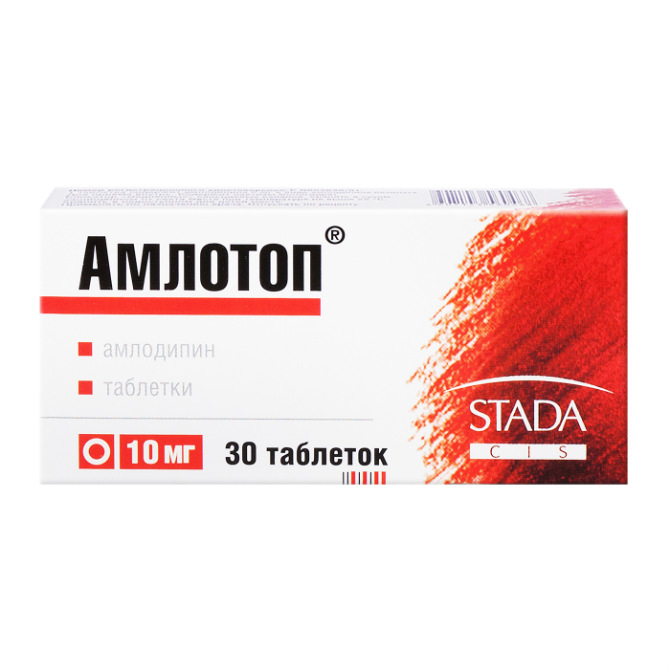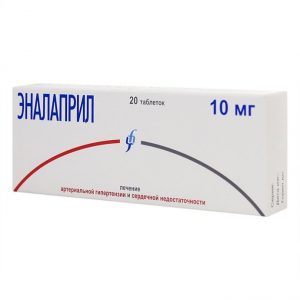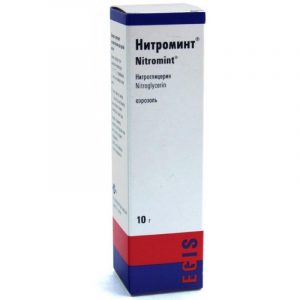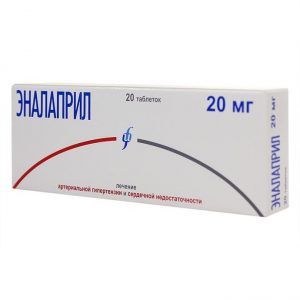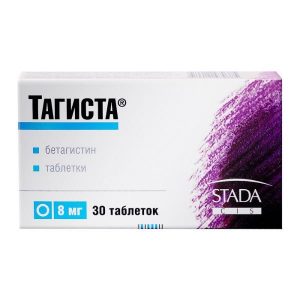Description
Release form
5 mg and 10 mg tablets. On 10 or 30 tablets in a blister strip packaging from a film of PVC and aluminum foil. 2 or 3 blisters for 10 tablets or 1 blister for 30 tablets together with instructions for use in a cardboard box.
Packing
30 pcs 10 mg each.
Contraindications
hypersensitivity to amlodipia and other derivatives of dihydropyridine severe hypotension collapse, cardiogenic shock pregnancy and lactation up to 18 years of age (efficacy and safety have not been established). With caution: impaired liver function, sinus node weakness syndrome (severe bradycardia, tachycardia), decompensated chronic heart failure, mild or moderate arterial hypotension, aortic stenosis, mitral stenosis, hypertrophic obstructive cardiomyopathy, acute myocardial infarction (and within 1 month after), diabetes mellitus, lipid profile disorder , elderly age.
Use during pregnancy and lactation
Contraindicated in pregnancy and lactation.
Special instructions
During treatment, monitoring of body weight and sodium intake, the appointment of an appropriate diet. It is necessary to maintain dental hygiene and frequent visits to the dentist (to prevent soreness, bleeding and gingival hyperplasia). The dosage regimen for the elderly is the same as for patients of other age groups. With increasing doses, careful monitoring of elderly patients is necessary. Despite the fact that blockers do not have a ² Ñcancellation ² Ñ syndrome of ² Ñslow ² Ñ calcium channels, a gradual dose reduction is recommended before stopping treatment. Amlodipine does not affect plasma concentrations of K +, glucose, triglycerides, total cholesterol, LDL, uric acid, creatinine and uric acid nitrogen. Influence on the ability to drive a car and mechanisms There were no reports of the effects of amlodipine on driving or working with mechanisms. However, in some patients, drowsiness and dizziness may occur predominantly at the beginning of treatment. When they occur, the patient must observe special precautions when driving and working with mechanisms.
Composition of
One tablet contains: Active substance
Amlodipine besilate in terms of amlodipine 5 or 10 mg.
Excipients
Lactose, microcrystalline cellulose, calcium stearate, croscarmellose sodium, aerosil.
Dosage and administration
Inside, the initial dose for the treatment of arterial hypertension and angina pectoris is 5 mg of the drug once a day. The dose can be maximally increased to 10 mg once a day. With arterial hypertension, the maintenance dose can be 2.5-5 mg per day. With angina pectoris and vasospastic angina pectoris – 5-10 mg per day, once. For the prevention of angina attacks – 10 mg / day. Thin patients, patients of short stature, elderly patients, in patients with impaired liver function as a hypotensive agent, amlodipine is prescribed in an initial dose of 2.5 mg, as an antianginal agent, 5 mg. Dose changes are not required when administered simultaneously with thiazide diuretics, beta-blockers and angiotensin-converting enzyme (ACE) inhibitors. No dose changes are required in patients with renal failure.
Side effects
From the cardiovascular system: palpitations, shortness of breath, marked decrease in blood pressure, fainting, vasculitis, edema (swelling of the ankles and feet), flushing, rarely – rhythm disturbances (bradycardia, ventricular tachycardia, atrial flutter), chest pain, orthostatic hypotension, very rarely – development or worsening of heart failure, extra asystole, migraine.
Drug interactions
Microsomal oxidation inhibitors increase the concentration of amlodipine in blood plasma, increasing the risk of side effects, and inducers of microsomal liver enzymes reduce.
Non-steroidal anti-inflammatory drugs weaken the hypotensive effect, especially indomstacin (sodium retention and blockade of prostaglandin synthesis by the kidneys), alpha-adrenostimulants, estrogens (sodium retention), sympathomimetics.
Thiazide and loop diuretics, beta-blockers, verapamil, ACE inhibitors and nitrates enhance the antianginal and hypotensive effects.
Amiodarone, quinidine, alpha1-blockers, antipsychotic drugs (antipsychotics) and slow calcium channel blockers may enhance the hypotensive effect.
Does not affect the pharmacokinetic parameters of digoxin and warfarin.
Cimetidine does not affect the pharmacokinetics of amlodipine.
When used together with lithium preparations, an increase in the manifestations of their neurotoxicity (nausea, vomiting, diarrhea, ataxia, tremor, tinnitus).
Calcium preparations can reduce the effect of slow calcium channel blockers.
Procainamide, quinidine, and other drugs that prolong the QT interval increase the negative inotropic effect and may increase the risk of a significant prolongation of the QT interval.
Grapefruit juice can reduce the concentration of amlodipine in blood plasma, but this decrease is so small that it does not significantly change the effect of amlodipine.
Overdose
Symptoms: marked blood pressure drop, tachycardia, excessive peripheral vasodilation. Treatment: gastric lavage, administration of activated charcoal, maintenance of cardiovascular function, control of cardiac and pulmonary function, elevated limb position, control of circulating blood volume and diuresis. To restore vascular tone – the use of vasoconstrictor drugs (in the absence of contraindications to their use) to eliminate the effects of calcium channel blockade – intravenous administration of calcium gluconate. Hemodialysis is not effective.
Storage Conditions
List B. In a dry, dark place, at a temperature not higher than 25 ° C. Keep out of reach of children.
Shelf life
2 years. Do not use later than the date indicated on the package.
Deystvuyushtee substance
Amlodipine
Conditions of dispatch from
pharmacies by prescription
Dosage form
tablets
Prescribing
Prescribing
For adult x to the destination doctor
